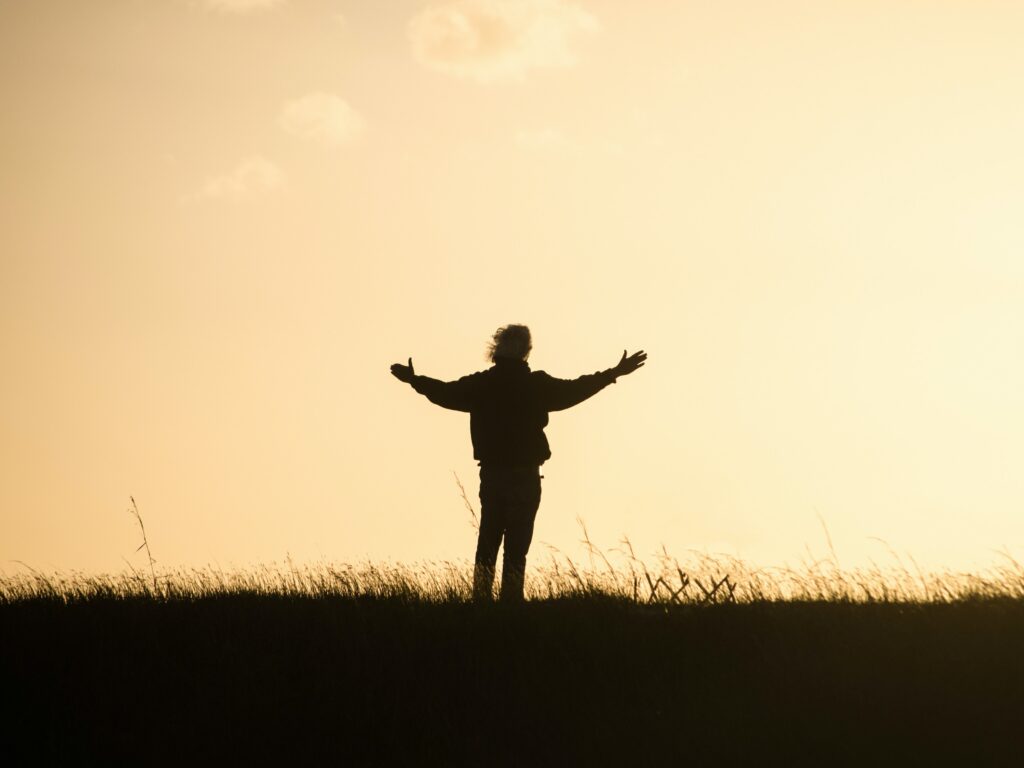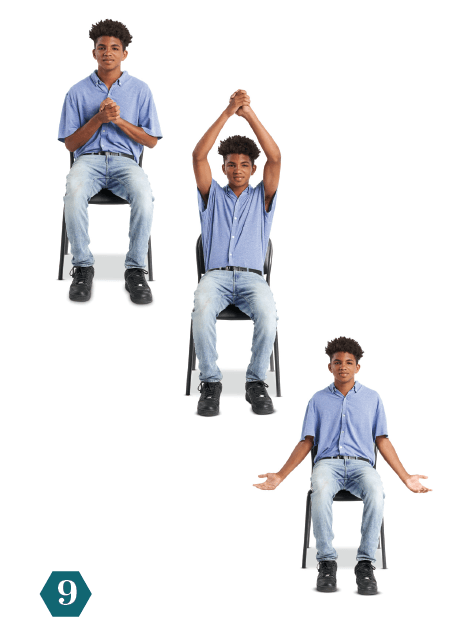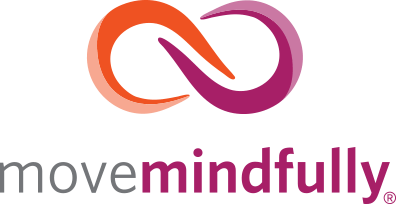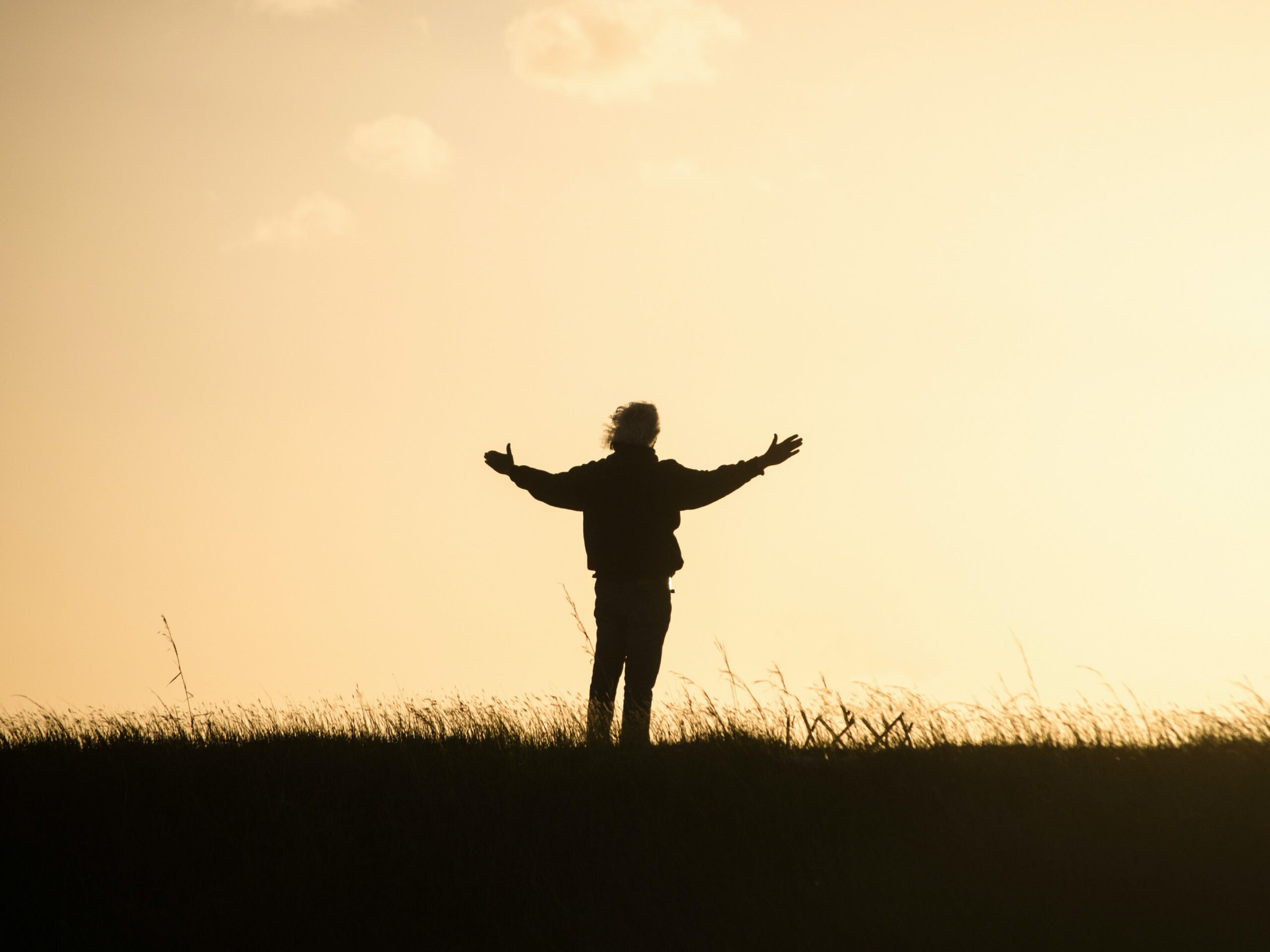As we move through this holiday season, many of us are thinking about gratitude. The holidays often prompt us to reflect on the year behind us. It’s a good time to remember all the good things in our lives. And there is a lot of scientific support for the power of gratitude.

How Gratitude Impacts the Brain
Expressing gratitude can strengthen our relationships and help us navigate challenging times. A recent 10 minute Ted Talk by psychologist, Christina Costa, highlights the brain science behind fostering resilience in the face of unexpected challenges with gratitude.
Ted Talk: How Gratitude Rewires Your Brain
As an organization, we talk about gratitude a lot. In fact, we use a special breathing technique to express gratitude – we call it Heart Breath.
Using Heart Breath
When working with youth (and adults, too!) in the home, classroom, or a therapeutic setting, Heart Breath is a simple way to express gratitude.
You can start this activity by asking youth to reflect on what they are grateful for today. You could have these sentence stems available:
I am grateful that I can…
I am grateful for (name people you are grateful for)…
I am grateful for (name something or some place you are grateful for)…
Youth can journal, share out loud with the whole group, or share one on one with a partner. Once everyone has identified what/who they are grateful for, Heart Breath helps us embody these feelings of gratitude.
While thinking of what/who we are grateful for, we bring hands together in front of our heart. Breathe in and lift arms up overhead. Then breathe out and draw a big heart with your hands.
Next, breathe in and draw a big heart in reverse. Breathe out, pulling that feeling of gratitude back down into the heart.

An All-In-One Mind/Body Practice
If you only have time for one practice, Heart Breath is a terrific choice. This one activity incorporates BREATHE-MOVE-REST all in one activity:
- Slowing our breathing as a group, increases co-regulation and sets the stage for positive relationships.
- It can be hard for some learners to track breathing. Adding the arm movements creates a helpful visual to demonstrate slow breathing.
- This movement gets bodies regulated and present by waking up tired bodies, and giving busy bodies an outlet.
- This simple gratitude practice builds SEL skills by promoting social awareness.
This is a quick practice you can add to Morning Meeting, beginning or ending a session, or dinnertime. Find additional activities in our Free Resources.
Do you have a daily gratitude practice? Do you model it for youth? Leave a comment!


I tried this today before the school vacation with the kiddos. They loved it.